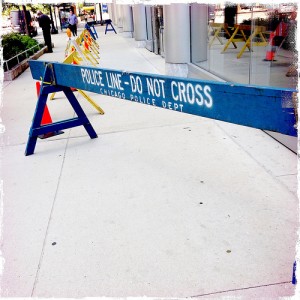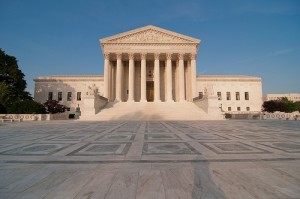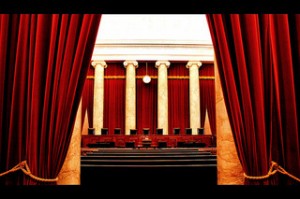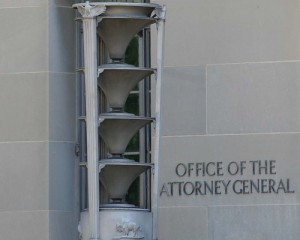Third Circuit: Establishment-Clause Challenge To Existing Display Not Time-Barred
Posted
27 Jun 2014 in Case Notes
Bible Baptist Church Welcomes You! 1 Block -->
So reads the sign—decorated with a gold cross and white Bible—that the Borough of Shickshinny, Pennsylvania, allowed to be placed on its right-of-way. A nearby resident, Francene Tearpock-Martini, objected. She sued the Borough under 42 U.S.C. § 1983, alleging that the sign violates the Establishment Clause.
Tearpock-Martini's lawsuit had a problem though.
Tearpock-Martini had commenced the suit more than two years after the church sign was installed. Under Pennsylvania law, tort actions generally must be brought within two years. And 1983 actions often borrow the statute of limitations from state law.
Is her suit time-barred? In a decision this week, the Third Circuit said that it is not:
A nearby resident, Francene Tearpock-Martini, objected. She sued the Borough under 42 U.S.C. § 1983, alleging that the sign violates the Establishment Clause.
Tearpock-Martini's lawsuit had a problem though.
Tearpock-Martini had commenced the suit more than two years after the church sign was installed. Under Pennsylvania law, tort actions generally must be brought within two years. And 1983 actions often borrow the statute of limitations from state law.
Is her suit time-barred? In a decision this week, the Third Circuit said that it is not:



 A local government can create a 35-foot buffer zone to restrict speech on a public street only if it has first made a serious effort to address the issue in other ways.
That's the lesson of
A local government can create a 35-foot buffer zone to restrict speech on a public street only if it has first made a serious effort to address the issue in other ways.
That's the lesson of 





